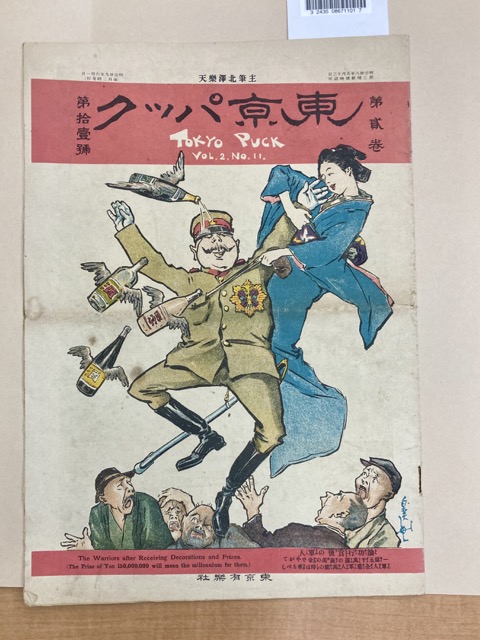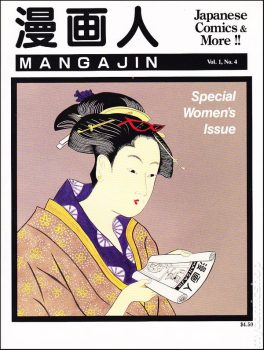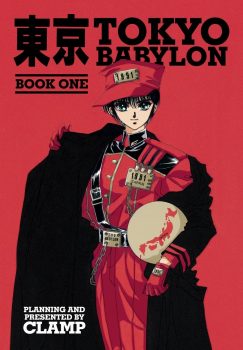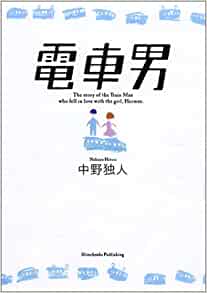 One of our prized holdings held at the Billy Ireland is an original sketch by the prolific artist TEZUKA Osamu, famously dubbed the ‘Godfather of Manga’ (マンガの神様). Set during the post-World War II era (1945-52), this rare piece features ubiquitous markers of the American Occupation –such as the Coca Cola sign in the shop window (panel 4), and the “Off Limits” sign on the fence (panel 7). Notably, Japanese men are seen shining shoes for American GIs, one of whom has a presumed Japanese ‘girlfriend for hire,’ known as a panpan girl, on his arm.
One of our prized holdings held at the Billy Ireland is an original sketch by the prolific artist TEZUKA Osamu, famously dubbed the ‘Godfather of Manga’ (マンガの神様). Set during the post-World War II era (1945-52), this rare piece features ubiquitous markers of the American Occupation –such as the Coca Cola sign in the shop window (panel 4), and the “Off Limits” sign on the fence (panel 7). Notably, Japanese men are seen shining shoes for American GIs, one of whom has a presumed Japanese ‘girlfriend for hire,’ known as a panpan girl, on his arm.
Until recently, our library was not sure what manga series this draft sketch was intended for. However, a couple years ago, thanks to the power of social media and crowdsourcing, I discovered through a wonderful follower (@agujeta) that this piece originates from Donguri Kōshinkyoku (or Donguri March in English), a manga series that ran from January to June of 1959 in Shōnen Club Magazine (Shōnen Kurabu / 少年倶楽部, later known as 少年クラブ in 1946). Per the official Tezuka Osamu web site, this short-lived series follows the ambitions of the cartoon’s main protagonist, Kinoshita Toukichirō, a first-year junior high school student who works at a bookstore and aspires to become a publisher. This drawing was apparently unfinished. The character Tōkichirō’s clothes have not been drawn on the top row.
To learn more about this rare holding, please check out this wonderful Curator Talk, recorded in 2020 by my colleague Dr. Kay Clopton, a specialist in manga sound effects and currently the Social Sciences and Humanities Librarian at OSU.
Note: This item, made available for research and educational purposes, may be protected by copyright; the user is responsible for making a final determination of copyright status.




![Cover art for "Ten Count" vol. 1 [Aug. 9, 2016]](https://library.osu.edu/site/manga/files/2022/06/IMG_0138-245x350.jpeg)












